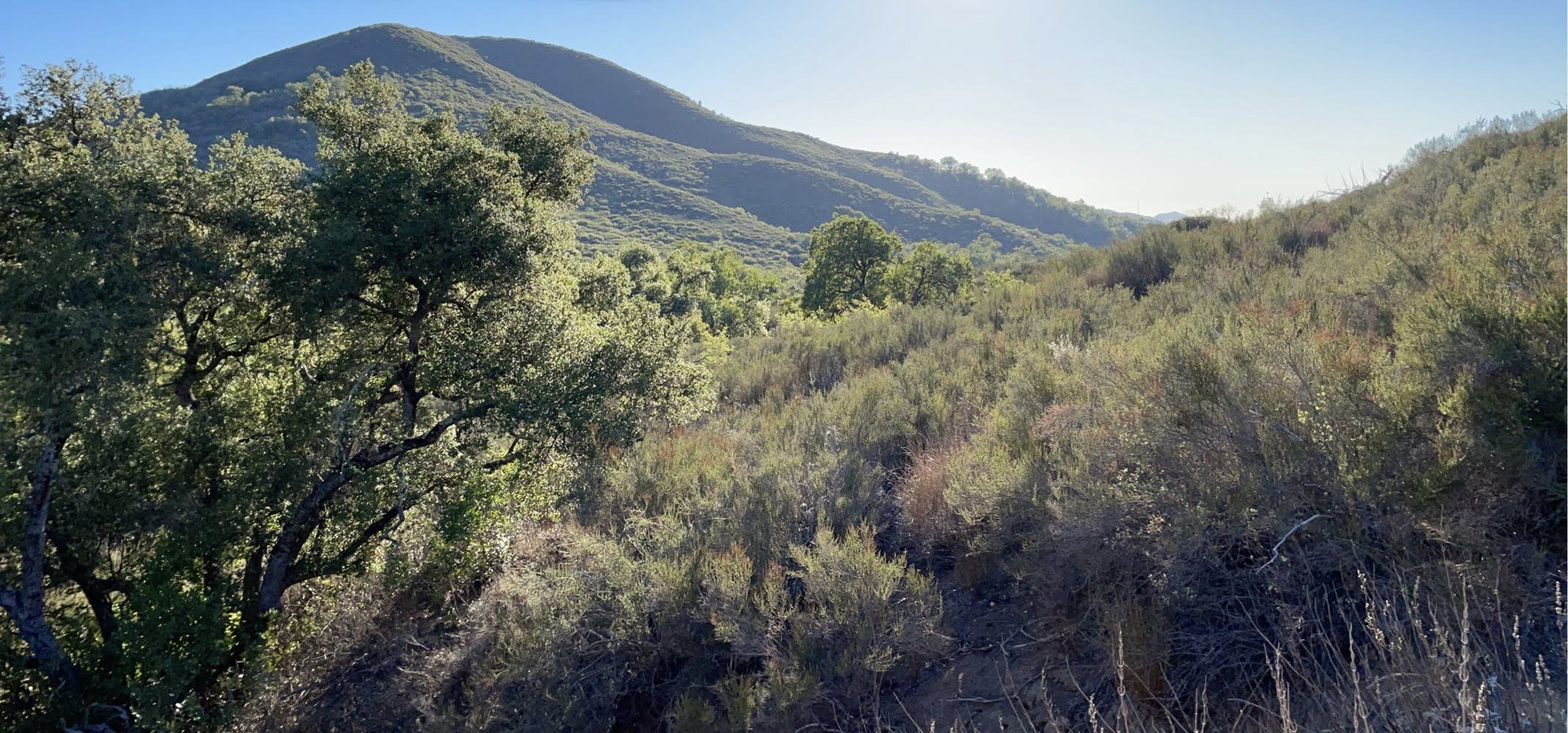
We can combat climate change locally and share our methods to make a global impact
How can we support healthy ecosystems?
Carbon
Everyone talks about increased carbon in our atmosphere as a significant contributor to climate change. We plan to sequester carbon in our soils through land management practices that promote diverse microbiology and a productive soil-food-web. This will support healthy biodiversity in our ecosystem, increase the amount of water our land can hold, and help cool our climate.
Water
Increasing carbon in the soil allows the soil to act as a sponge, holding precipitation instead of allowing rain to run off the land. Strategic plantings and earthworks also slow the movement of water on the land, so that it can be absorbed, minimizing the erosion of precious topsoil and the risk of catastrophic flooding. Capturing water on the land mitigates drought and allows plant respiration, which provides a cooling effect and positively contributes to earth’s hydrological pump.
Soil
Microbiology in the soil supports all life on earth through processes which make nutrients biologically available to plants and other organisms. Through soil analysis and supporting beneficial microorganisms and fungi, we can hold more water in the soil, reduce pest pressure, and grow an abundance capable of supporting local fauna and communities with fresh and nutritious food.
Native Plants and Seeds
The plants best suited for California ecosystems are natives that have adapted to our brittle climate. Native plants are innately drought tolerant and support a biodiverse ecosystem of native insects, birds, and animals.
We will enable resiliency in our ecosystems by gathering and storing seeds and propagating native flora for restoration efforts and disaster recovery.
TEK & Community Land Management
Traditional Ecological Knowledge (TEK) is a system of ecological, science, and place based knowledge developed by Indigenous people over thousands of years. We will strive to understand cultural keystone species, symbiotic relationships between ecosystems and communities, and land management as a place based way of life. We will seek harmony as we gain knowledge and in practice restore health to our ecosystems and communities.
Food
Reliance on industrial food production puts communities at risk when supply is impacted due to natural disasters or global economic systems. While restoring our ecosystems, we will also cultivate agriculture using regenerative methods to produce nutritious food for our community. Local regenerative agriculture creates resilience and positively contributes to the community and ecosystem.
Black Canyon Restoration Site
120 acre ecosystem restoration demonstration site located on the ancestral lands of the Kumeyaay people in Mesa Grande, California. Unique attributes include:
burned multiple times by wildfire;
degraded grasslands with unmanaged grazing;
riparian Coast Live Oaks impacted by Gold Spotted Oak Borer;
a historical olive grove of unknown origin;
seasonal streams and pond;
old gasoline tank to be removed; and
road repair and infrastructure needed
Visit Restor.eco for site details and our Restoration Projects page for more information.
